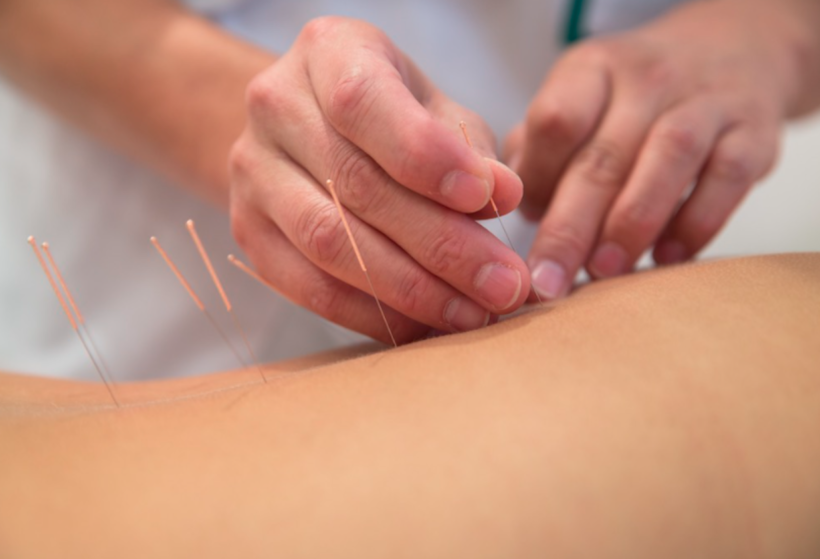Dry needling is a therapeutic technique used by chiropractors and physical therapists alike. It’s the process of using a technique similar but not the same as acupuncture to release neuromusculoskeletal mild or moderate pain. A tiny monofilament needle is inserted into the skin for a short amount of time in order to treat underlying muscle trigger points. When this needle penetrates the muscular trigger point in question, it decreases tightness in the muscle, increases blood flow, and reduces pain.
While this might sound scary and painful, it actually causes very minimal discomfort and more often than not has provided results for people experiencing issues with musculoskeletal pain. Let’s learn more about the dry needling procedure and the benefits it offers below.
Not A Stand Alone Procedure
Dry needling is rarely a stand-alone procedure. Most often it is paired with other therapy and chiropractic techniques depending on the patient and their site of pain. While the main benefits include eliminating or reducing pain, and restoring function, it can have a multitude of other benefits when paired with other chiropractic techniques.
Benefits of Dry Needling
We’ve mentioned some of the benefits in passing above, but let’s take a closer look at the benefits dry needling therapy offers. Other than releasing muscle pain, dry needling can also provide relief for muscle stiffness, increase flexibility and your range of motion.
By pinpointing the problem or trigger point, whether it be in your shoulder, lower back, heel etc., and penetrating that area with a small stainless steel filiform needle, the stiff and tightness in your muscles will dissipate. This leaves you with more flexible and stronger muscles. While this procedure might not deliver immediate results, you should start to see some form of relief after the first few appointments.
Can It Help Me?
This therapy method is most used to treat people with a sports-related injury, muscle pain and even fibromyalgia pain in some. If you have mild to moderate muscle pain or weakness, limited mobility, or moderate pain associated with an injury, dry needling might be beneficial for you.
Keep in mind that dry needling isn’t for everyone, and some might not see results at all. But pairing this technique with other therapeutic tactics recommended by your chiropractor, can give you some form of relief depending on your area of concern.
Side Effects and Risks
While not common, some patients might see slight side effects after their dry needling procedure. These side effects include:
- Slight Bruising
- Temporary Soreness
- Some Bleeding
The most common risks are associated with using a non sterile needle during dry needling. This can cause multiple infectious diseases including bloodborne illnesses. To prevent this, make sure you are visiting a licensed therapist or chiropractor that has some training in the dry needling process.
Limestone Chiropractic, located in Athens, Alabama, provides dry needling services to patients. Some stretches or other exercises may be given to speed up the process. Learn more about our chiropractic care clinic here.
Laila Azzahra is a professional writer and blogger that loves to write about technology, business, entertainment, science, and health.
